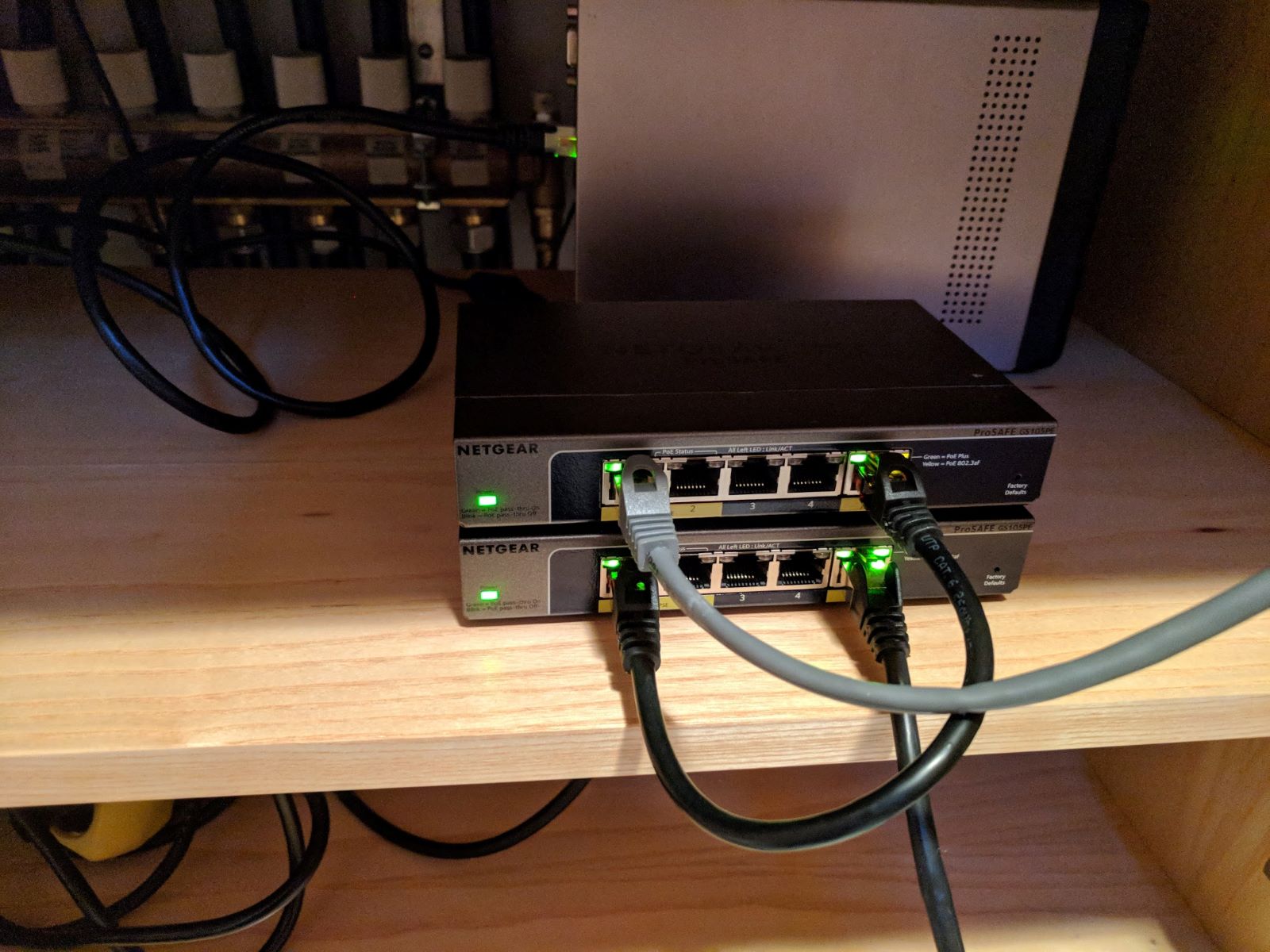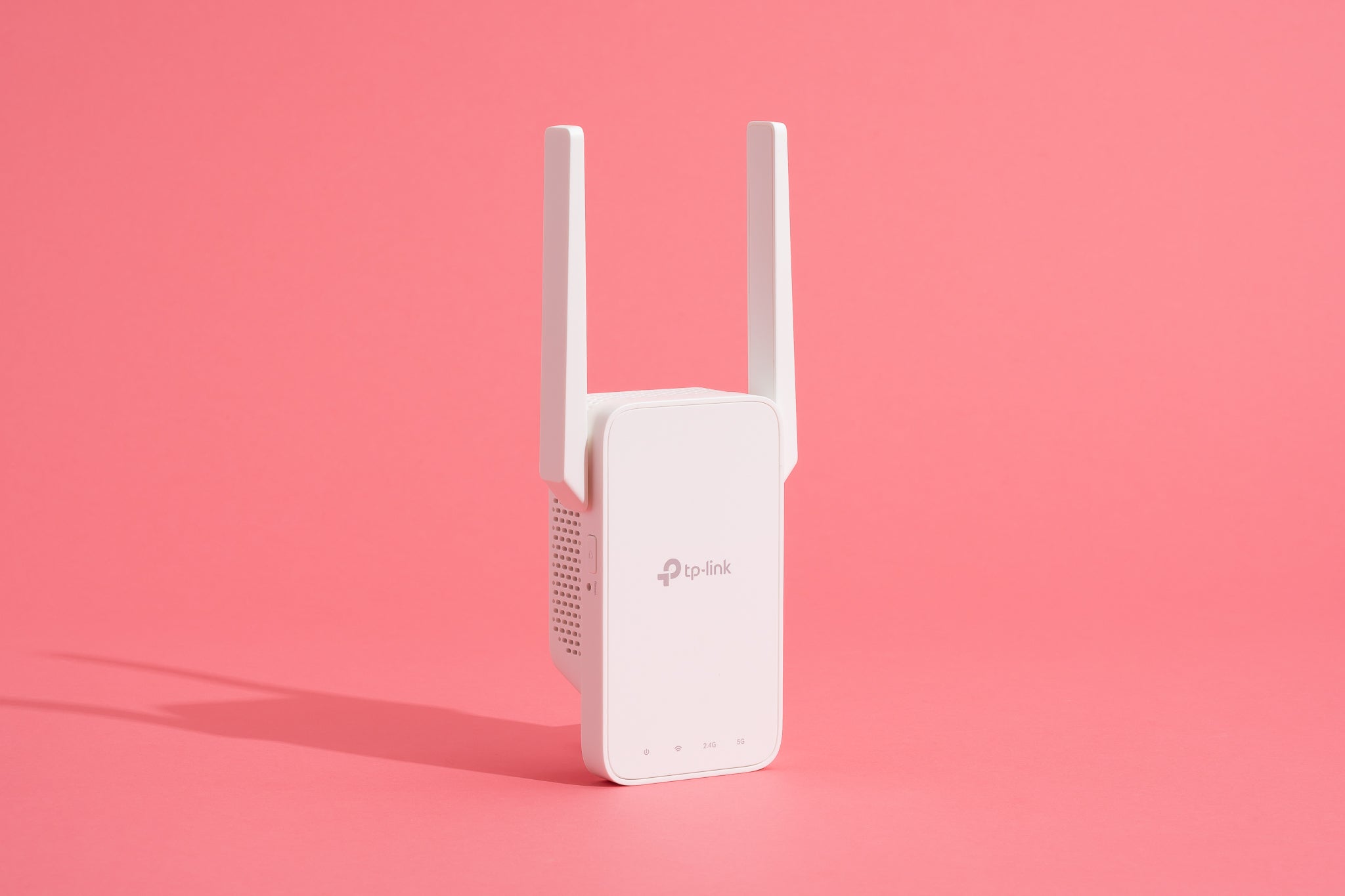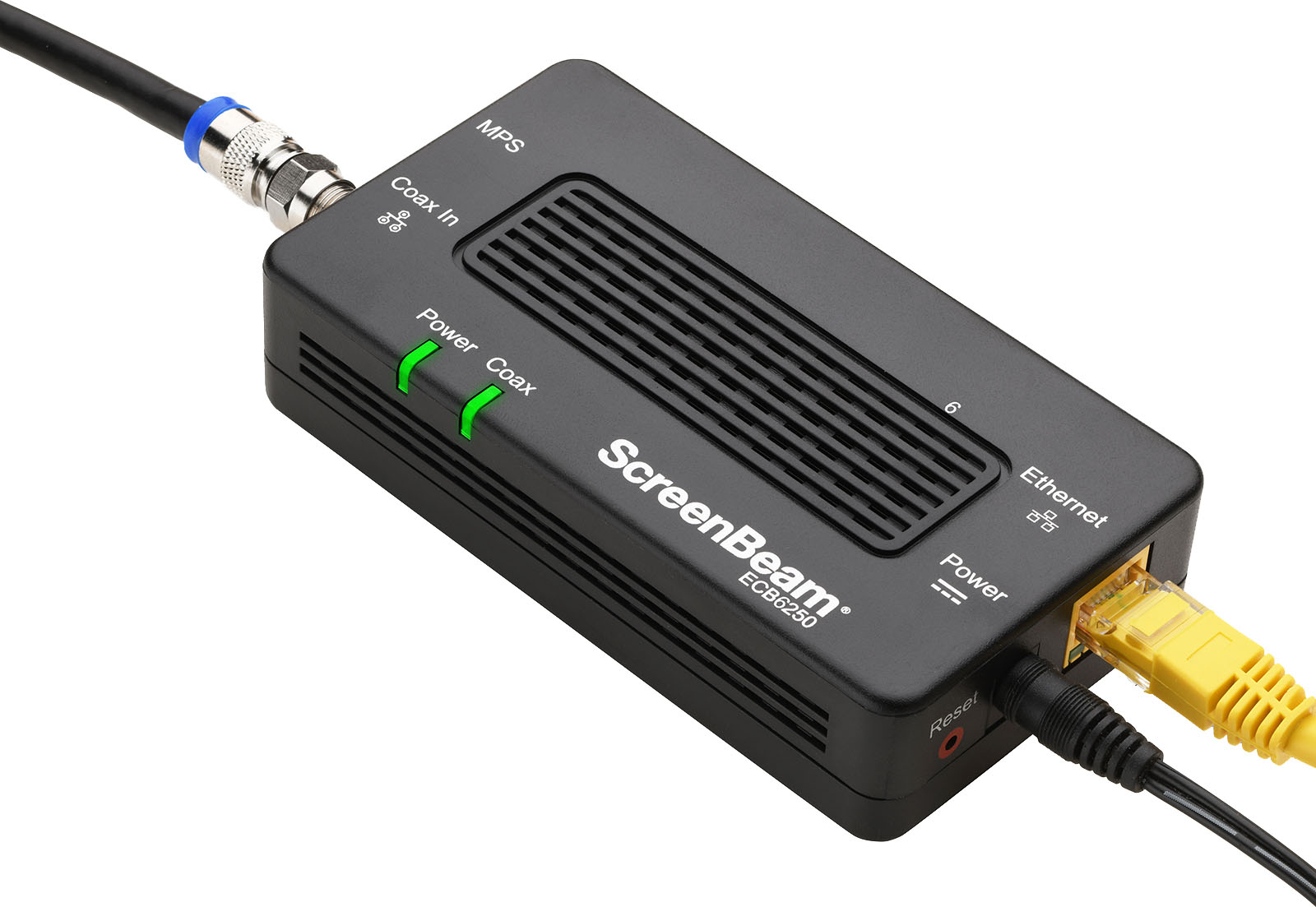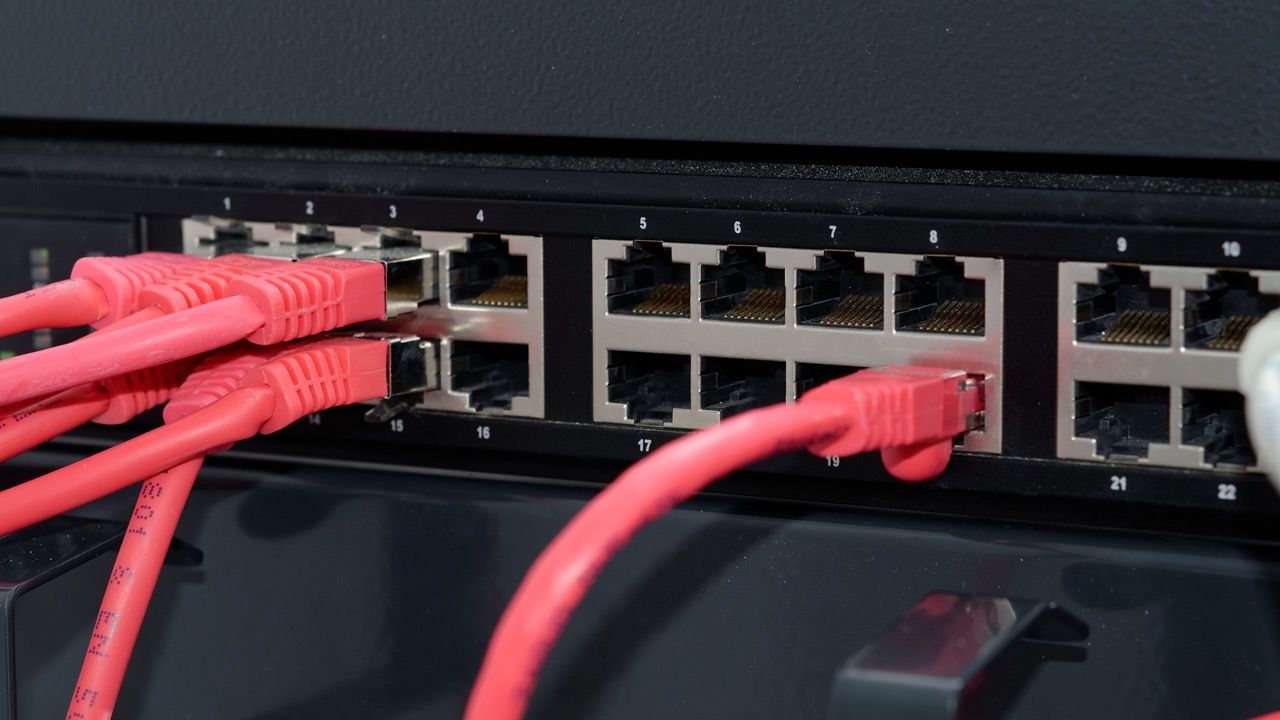Introduction
Welcome to the world of wireless networking! In this era of digital connectivity, wireless routers play a vital role in keeping us connected to the internet. But what if you need to extend the coverage of your Wi-Fi network? This is where daisy chaining wireless routers comes into the picture. By daisy chaining routers, you can effectively expand the coverage area of your network and ensure a stable and reliable connection throughout your home or office.
In this article, we will explore the concept of daisy chaining and its benefits. We will also provide you with a step-by-step guide to help you easily set up and configure your network of daisy chained routers. So, whether you want to eliminate dead spots in your home or extend Wi-Fi coverage to a larger area, follow along to learn everything you need to know about daisy chaining wireless routers.
But first, let’s understand what daisy chaining actually means when it comes to wireless routers.
What is Daisy Chaining?
Daisy chaining, in the context of wireless routers, refers to connecting multiple routers together in a series to create an extended network. Instead of relying on a single router to cover a large area, you can strategically place additional routers and connect them to the main router to extend the wireless coverage.
Each router in the chain acts as a bridge, relaying the network signals to the next router in the sequence. This creates a network of interconnected routers, with each router contributing to the overall coverage. The last router in the chain is connected to the modem or main internet source to ensure that all daisy chained routers have access to the internet.
This technique is especially useful in scenarios where a single router isn’t sufficient to cover the entire area, such as in a large house, office building, or outdoor space. By daisy chaining routers, you can create a seamless network that extends the Wi-Fi coverage throughout the entire area, ensuring a strong and stable connection in every corner.
It’s important to note that daisy chaining routers is different from using Wi-Fi extenders or repeaters. While extenders and repeaters amplify the existing Wi-Fi signal, daisy chaining routers allows you to create a separate network of routers that work together to provide extended coverage. This enables better control over the network, as each router can be individually configured and managed.
Now that we understand the concept of daisy chaining, let’s explore the benefits that this technique offers in terms of expanding your wireless network coverage.
Benefits of Daisy Chaining Wireless Routers
Daisy chaining wireless routers comes with several benefits that make it an attractive option for extending Wi-Fi coverage. Here are some of the key advantages:
- Expanded Coverage: The primary benefit of daisy chaining is the ability to extend the coverage area of your wireless network. By strategically placing additional routers throughout your home or office, you can ensure that every corner is covered by a strong and reliable Wi-Fi signal. This is especially useful in large houses or buildings where a single router may not provide sufficient coverage.
- Improved Stability: When you daisy chain routers, each router acts as a bridge, relaying the network signals to the next router in the sequence. This helps to distribute the network load evenly and reduces the chances of signal interference or congestion. As a result, you can enjoy a more stable and consistent Wi-Fi connection, even in areas that were previously prone to weak signals or dropouts.
- Flexibility and Scalability: Daisy chaining routers offers the flexibility to expand your network as needed. If you find that your network needs further coverage, you can easily add additional routers to the chain. This scalability makes it a cost-effective solution, as you can gradually expand your network without the need to invest in expensive equipment or upgrades.
- Separate Networks: One of the advantages of daisy chaining routers over using Wi-Fi extenders or repeaters is the ability to create separate networks. Each router in the chain can be individually configured with its own network settings, such as SSID, password, and security protocols. This provides better control and allows you to optimize the performance of each router for specific areas or devices.
- Enhanced Device Compatibility: By daisy chaining routers, you can ensure that every device in your network is connected to the router with the strongest signal. This improves compatibility and reduces the chances of compatibility issues or connectivity problems. Whether you’re streaming content, playing online games, or conducting video conferences, you can enjoy a seamless and uninterrupted experience across multiple devices.
These are just a few of the benefits that daisy chaining wireless routers can offer. Now, let’s dive into the factors you should consider before setting up a daisy chained network.
Things to Consider Before Daisy Chaining Routers
Before you dive into setting up a daisy chained network, there are a few important factors to consider to ensure a smooth and successful setup. Take note of the following considerations:
- Router Compatibility: Not all routers are capable of being daisy chained, so it’s important to check the compatibility of your routers before attempting to create a chain. Look for routers that have the capability to act as access points or bridge mode, as these are typically the ones that can be easily daisy chained.
- Network Speed and Performance: Daisy chaining routers can affect the overall network speed and performance. Since the signal has to pass through multiple routers, there may be a slight decrease in speed compared to a single router setup. Consider the internet speed you require and ensure that each router in the chain is capable of supporting it to avoid any bottlenecks.
- Location and Placement: The placement of each router in the daisy chain is critical to ensure optimal coverage. Make sure to place the routers strategically to avoid signal interference or dead zones. The ideal location is usually in the center of the area you want to cover, with each router placed at an appropriate distance to ensure overlapping coverage.
- Network Security: When setting up a daisy chained network, it’s important to ensure that each router has proper security measures in place. Each router should have its own unique SSID (network name) and password to prevent unauthorized access. Additionally, enabling encryption protocols such as WPA2 or WPA3 will ensure that your network is secure from potential attacks.
- Router Configuration: Configuring each router in the chain correctly is crucial for a successful daisy chained network. Make sure to disable DHCP (Dynamic Host Configuration Protocol) on the secondary routers and assign a static IP address to each one. This will prevent IP conflicts and ensure smooth communication between the routers.
By considering these factors before setting up your daisy chained network, you’ll be well-prepared and can avoid potential issues. Now, let’s move on to the step-by-step guide to help you through the process of daisy chaining your wireless routers.
Step-by-Step Guide to Daisy Chaining Wireless Routers
Setting up a daisy chained network may sound complex, but by following these step-by-step instructions, you’ll be able to easily and successfully set up your network:
- Choose Your Main Router: Start by selecting the main router that will be connected to the modem or main internet source. This router will act as the primary device and control the network settings.
- Connect the Main Router: Connect the main router to the modem using an Ethernet cable. Ensure that the modem is powered on and capable of providing internet access.
- Secondary Router Placement: Determine where you want to place your secondary routers. Ideally, you’ll want to position them strategically to ensure optimal coverage throughout the desired area.
- Configure Secondary Routers: Access the settings of each secondary router by connecting it to a computer via Ethernet cable or wirelessly. Disable DHCP on the secondary routers and assign them static IP addresses within the same subnet range as the main router.
- Connect Secondary Routers: Connect each secondary router to the main router using Ethernet cables. Plug one end of the cable into the LAN port of the secondary router and the other end into one of the LAN ports of the main router.
- Test the Connection: Power on all the routers and test the network connection on various devices throughout the coverage area. Ensure that each device is connected to the router with the strongest signal.
- Configure Network Settings: Access the settings of each router individually and customize the network names (SSID), passwords, and security protocols. You can also adjust other settings such as channel width and frequency to optimize performance.
- Verify Network Coverage: Walk around the coverage area with a Wi-Fi enabled device and verify that the Wi-Fi signal is strong and consistent throughout. If you encounter any dead zones or weak spots, consider adjusting the placement of the routers or adding additional routers to improve coverage.
By following these steps, you’ll be able to set up a daisy chained network of wireless routers and extend the coverage of your Wi-Fi network seamlessly. But what if you encounter any issues along the way? Let’s explore some common troubleshooting tips in the next section.
Troubleshooting Common Issues
While setting up a daisy chained network can be relatively straightforward, you may encounter some common issues along the way. Here are a few troubleshooting tips to help you resolve them:
- Interference: If you experience signal interference or weak connectivity, check for any nearby electronic devices that may be causing interference. Move routers away from devices such as cordless phones, baby monitors, or microwave ovens to minimize interference.
- IP Address Conflicts: If devices are unable to connect or experience limited connectivity, there may be an IP address conflict. Ensure that each router in the chain has a unique static IP address and that DHCP is disabled on the secondary routers.
- Network Speed: If you notice a decrease in network speed, verify that each router in the chain is capable of supporting your desired internet speed. Check for firmware updates for your routers to ensure they are operating at optimal performance.
- Placement and Coverage: If you have dead zones or areas with weak signals, consider adjusting the placement of the routers to improve coverage. Experiment with different locations and angles to find the optimal positioning for maximum coverage.
- Network Security: If you suspect unauthorized access to your network, ensure that each router has a unique SSID (network name) and a strong, secure password. Enable encryption protocols such as WPA2 or WPA3 to protect your network from potential attacks.
- Router Compatibility: If you are unable to daisy chain routers, double-check the compatibility of your routers. Some routers may not have the necessary features or settings to support daisy chaining or bridge mode.
If you have tried troubleshooting and are still experiencing issues, it may be helpful to reach out to the technical support of your router manufacturer for further assistance. They can provide specific guidance tailored to your router model and help you resolve any issues you may encounter.
Now that we’ve covered troubleshooting tips, let’s conclude our journey into daisy chaining wireless routers.
Conclusion
Daisy chaining wireless routers is an excellent solution for expanding the coverage of your Wi-Fi network in large homes, office spaces, or outdoor areas. By strategically connecting multiple routers in a series, you can create a seamless network that ensures a strong and reliable Wi-Fi signal throughout the entire coverage area.
In this article, we explored the concept of daisy chaining and its benefits. We discussed how daisy chaining allows for expanded coverage, improved stability, flexibility, separate networks, and enhanced device compatibility. Remember to consider factors such as router compatibility, network speed, and placement before setting up a daisy chained network.
We also provided a step-by-step guide to help you through the process of setting up and configuring your daisy chained network. By carefully following these steps, you can easily create a reliable and extended wireless network to meet your connectivity needs.
If you encounter any issues during setup or experience common problems such as interference, IP address conflicts, or network speed issues, we provided troubleshooting tips to help you address these concerns.
Daisy chaining wireless routers offers a cost-effective and scalable solution for expanding your Wi-Fi network coverage. With a little planning and configuration, you can enjoy a stable and reliable internet connection in every corner of your home or office.
We hope that this article has provided you with valuable insights and guidance on daisy chaining wireless routers. Now, it’s time to put your knowledge into action and create an extended network that meets your connectivity needs.

























